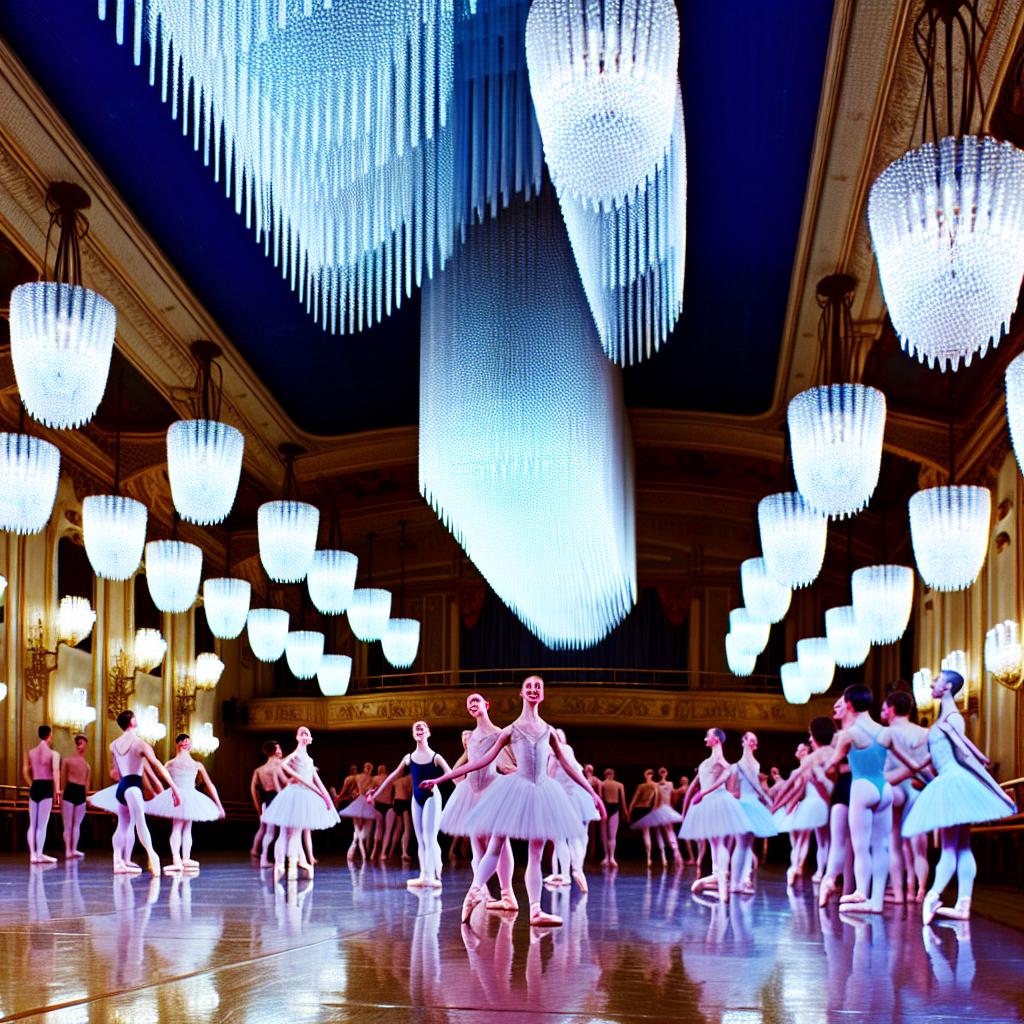Introduction to Moscow’s Ballet Tradition
Moscow has long been recognized as a global hub of ballet, with a tradition that has been nurtured for centuries. The city’s dedication to the art form has produced some of the world’s most highly acclaimed ballet companies and dancers. This rich history and continued commitment make Moscow a critical focal point for anyone interested in the evolution and practice of ballet.
Historical Overview
The origins of ballet in Russia, and particularly in Moscow, can be traced back to the 18th century. During this period, ballet was introduced from France and Italy, quickly gaining popularity among the Russian aristocracy. This cultural import was warmly received, as it dovetailed neatly with the artistic and cultural aspirations of the Russian elite. Ballet was not merely a form of entertainment; it became a symbol of refinement and a central element in the cultural life of the nation.
By the late 19th century, Moscow had firmly established itself as a center of ballet excellence, thanks to the contributions of legendary choreographers such as Marius Petipa. His works are considered pivotal as they laid down the foundational techniques and repertoires that continue to influence ballet today. Petipa’s ballets, which include masterpieces like The Sleeping Beauty and The Nutcracker, were characterized by their precise technique and grand storytelling. Notably, these productions incorporated lush set designs, intricate choreography, and expressive music, setting a high bar for ballet productions worldwide.
Influential Ballet Schools
One of the cornerstones of Moscow’s ballet tradition is its rigorous and prestigious ballet academies. The Moscow State Academy of Choreography, also known as the Bolshoi Ballet Academy, has been instrumental in shaping the discipline and artistry of countless dancers. Founded in 1773, the academy is famed for its comprehensive training programs that cover classical ballet techniques, music, and acting. The institution has been a breeding ground for many of the world’s most illustrious dancers, emphasizing not only technical skills but also the intellectual and artistic growth of its students.
Over the years, the Bolshoi Ballet Academy has become synonymous with excellence in ballet. The meticulous training and discipline inherent in the Russian method have garnered respect and admiration internationally. To ensure the holistic development of its pupils, the academy integrates subjects like music theory and history into its curriculum, fostering a well-rounded artistic education. For more information about the Bolshoi Ballet Academy, visit their official website.
The Bolshoi Ballet Company
The Bolshoi Ballet Company is one of the oldest and most renowned ballet companies in the world. Based at the Bolshoi Theatre in Moscow, the company is celebrated for its dramatic storytelling, grand productions, and technically skilled dancers. The Bolshoi’s performances are a testament to the depth and vitality of Moscow’s ballet tradition. Known for their emotive and theatrical presentations, the Bolshoi continues to mesmerize audiences with its mastery over classical and contemporary repertoires.
Iconic productions such as Swan Lake, The Nutcracker, and Spartacus continue to captivate audiences globally. The Bolshoi is also committed to reviving productions from its historic repertoire, bringing back the grandeur of past performances while giving them a modern touch. This blend of tradition and innovation is a hallmark of the company’s approach, ensuring the enduring popularity and relevance of its offerings.
Innovative Choreography
While steeped in rich history, Moscow’s ballet tradition is also known for its innovative contributions to the art. Despite its classical roots, the Bolshoi and other Moscow ballet companies continually evolve by incorporating modern elements into their choreographies. This ongoing evolution ensures that Moscow remains at the forefront of the global ballet scene. Moscow’s ballet teams are unafraid to push boundaries, choosing to explore themes and techniques that resonate with contemporary audiences.
The introduction of new choreographic works often involves collaboration with international choreographers who bring fresh perspectives and artistic interpretations. This openness to external influences allows Moscow’s ballet to diversify its repertoire while staying true to the core tenets of its classical form. New works integrate multimedia elements, innovative staging, and cross-disciplinary art forms to create captivating new experiences that attract new generations of ballet enthusiasts.
Notable Moscow Ballet Dancers
Some of the most celebrated ballet dancers have been associated with Moscow’s ballet tradition. Luminaries such as Maya Plisetskaya and Vladimir Vasiliev have not only performed but have also contributed significantly to ballet’s global development through teaching and choreography. Their legacy is visible in the countless dancers they have inspired and the innovative grace they brought to performances, reinventing the standards of ballet.
Maya Plisetskaya’s contributions to the art are multifaceted. Recognized not only for her incredible technical ability and emotional depth, she also broke barriers by becoming a leading choreographer and director, thereby shaping the next generation of dancers. Vladimir Vasiliev, too, left a lasting impact with his exceptional technique and artistry, earning the nickname “God of Dance.” As teachers and mentors, both have been pivotal in transferring their rich knowledge to upcoming dancers, perpetuating Moscow’s influence on ballet globally.
Conclusion
Moscow’s ballet tradition stands as a pinnacle of cultural and artistic achievement. Its deep historical roots, coupled with an openness to innovation, ensures that Moscow will continue to influence and define the future of ballet. Those with an interest in ballet will find Moscow’s ongoing contributions to the art form both inspiring and indispensable. The city’s ability to balance tradition with modernity serves as a beacon for arts communities and creative minds worldwide. Through its relentless pursuit of excellence, Moscow remains a revered center of ballet study and performance, nurturing talents that continue to enchant audiences around the world.

